There are two categories of pseudorabies virus (PRV). Classical PRV was formerly present in North American commercial production prior to eradication in 2004. It has been eliminated in much of the developed world, but does reside in feral pigs in the US, Europe, Latin America, and Asia. The other category, high path variant PRV, emerged in China in 2011 and causes severe pseudorabies in vaccinated and nonvaccinated sows and pigs. Now, thanks to Swine Health Information Center (SHIC) sponsored research, we can discern diagnostically between classical and high path variant PRV with a single highly sensitive and specific PCR test.
It is a part of SHIC’s mission to protect and enhance the health of the United States Swine herd through coordinated global disease monitoring and targeted research investments that minimize the impact of future disease threats. Making sure we have the tools to diagnose key emerging pathogens is an ongoing key focus. SHIC has sponsored research that allows or updates detection of 17 prioritized swine viral pathogens like both PRV variants.
The newly developed PRV assay is highly sensitive, specific, and was able to detect as low as one infectious PRV particle in a sample while discerning between the variant and classical strain simultaneously. The assay did not detect other similar herpesviruses or swine viruses encountered in modern swine farms.
The assay was validated on nasal swabs, oral swabs, whole blood, serum, and tissues at the Kansas State University Veterinary Diagnostic Laboratory and at the National Veterinary Services Laboratory in Iowa. Specificity of the assay was further confirmed by testing over 300 clinical samples (serum, tissues, and swabs) collected from Canadian and US national herds.
PRV, a herpesvirus, is a disease no longer in the US commercial herd thanks to a successfully executed eradication program. Also called Aujeszky’s disease, it can infect other livestock and wild mammals, but pigs are the main hosts and reservoir for the virus. Clinical expression of the disease includes high morbidity and mortality in suckling pigs, respiratory problems in growing and fattening hogs, and reproductive problems in sows. Like other herpesviruses, infection of the nervous system is lifelong with periodic shedding. PRV does not infect humans.
In addition to the US commercial herd, Canada, Greenland, and Australia are free of PRV; however, classical PRV does exist in approximately 20 percent of feral US swine and 0 to 60 percent feral swine in Europe, depending on region. China has been positive for classical PRV since 1947. Since 1990, more than 80 percent of pigs in China have been vaccinated. However, in 2011, a highly pathogenic variant version of PRV emerged in China and was clinically expressed in vaccinated and non-vaccinated herds alike. These variant strains caused mortality rates up to 50 percent in suckling pigs.
Early detection and understanding sources of PRV are essential to contain spread and prevent economic losses, should the virus arrive in the US. The availability of a test to discern classical from the variant high path Chinese strain strengthens the US ability to respond quickly and effectively.
In incidents of high or ongoing morbidity or mortality, where an etiology is either not identified or there is a strong suspicion that the identified etiology is not the likely cause of the outbreak, SHIC continues to offer diagnostic fee support after the initial diagnostic workup is completed and paid for by the owner. In these cases, additional support for the fees of further diagnostic workup may help to identify newly introduced or emerging swine diseases. Find a description of the requirements, submission and review process for the Support for Diagnostic Fees Program on the SHIC website.
Funded by America’s pork producers to protect and enhance the health of the US swine herd, the Swine Health Information Center focuses its efforts on prevention, preparedness, and response. As a conduit of information and research, SHIC encourages sharing of its publications and research for the benefit of swine health. Forward, reprint, and quote SHIC material freely. For more information, visit https://www.swinehealth.org or contact Dr. Paul Sundberg at [email protected].
Copyright 2024 | Swinehealth.org | Website by Heartland Marketing Group